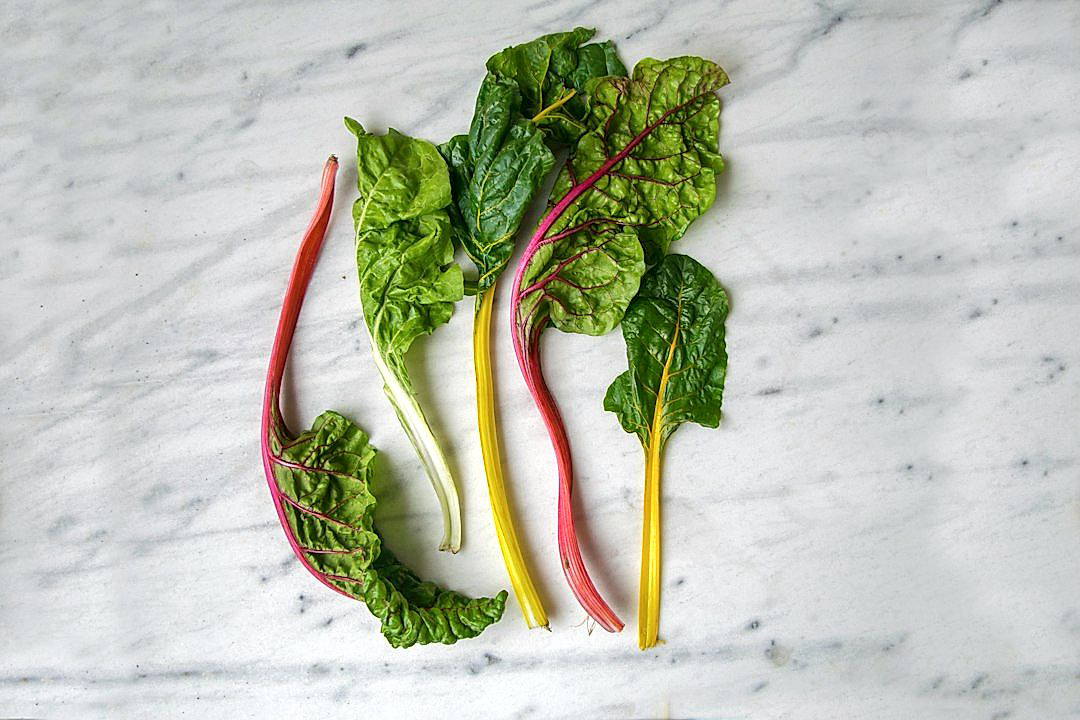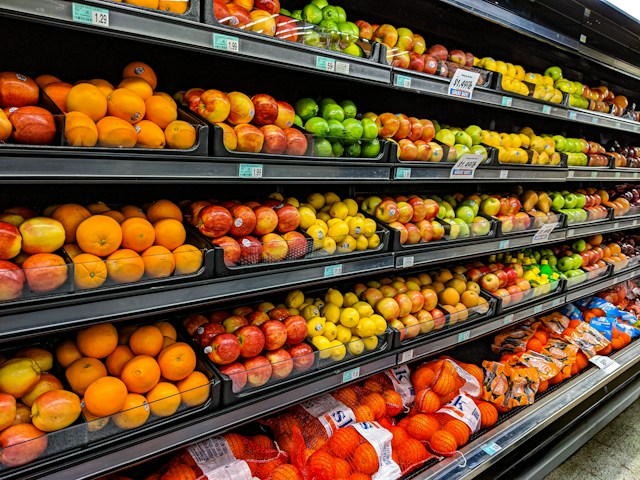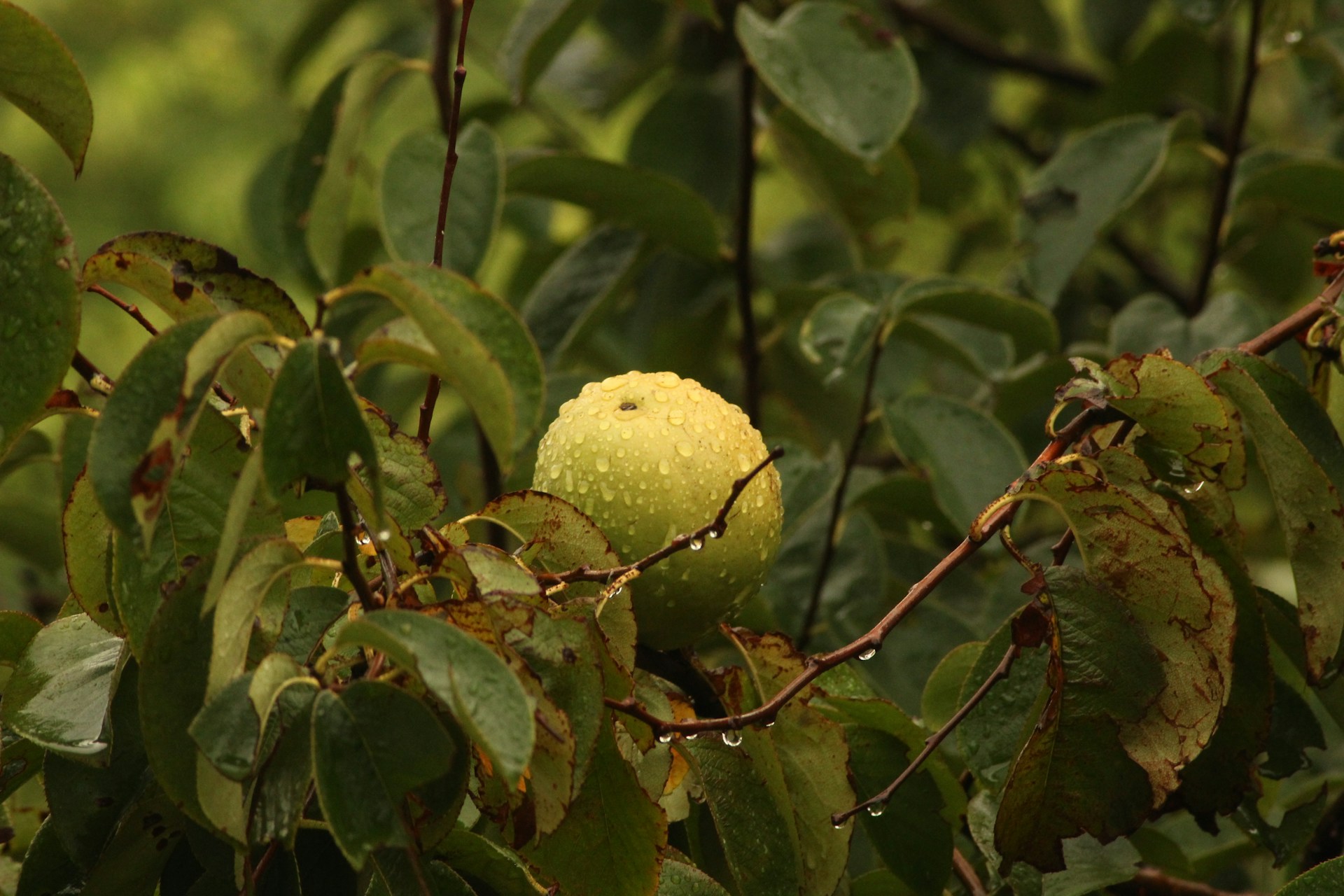Pests are a significant threat to agricultural productivity, causing damage to crops and significant economic loss.
However, the commonly used chemical pesticides pose serious environmental concerns.
Overreliance on these synthetic chemicals causes harm to our ecosystem, human health and the balance of biodiversity.
As such, there is a growing need for a shift towards eco-friendly pest control methods in produce farming.
This blog post intends to explore practical, sustainable and environmentally-friendly alternatives for pest management in agriculture.
Through detailing effective strategies and practices, we aim to equip farmers and agricultural professionals with knowledge on safer and greener pest control approaches.
Contents
Eco-friendly Pest Controls In Produce Farming
1. Introducing Beneficial Insects
The concept of introducing beneficial insects into produce farming is a key component of eco-friendly pest controls.
This method is also referred to as biological control.
The principle behind it is simple: it involves the introduction of insects that are natural enemies of pest species into the farming environment.
When implemented correctly, this approach helps in the reduction of harmful pests and thereby ensures healthier crops.
Beneficial insects play a crucial role in maintaining the pest population in check, which ultimately leads to improved crop health and productivity.
It’s important to understand that not all insects are harmful to crops, some are beneficial and necessary for an ecological balance.
They aid in the pollination of plants, decomposition of organic matter, and most significantly, the control of pest populations.
Examples of beneficial insects include ladybugs, green lacewings, and parasitic wasps, all of which are known to feed on common crop-damaging pests.
The introduction of these insects does not harm crops; instead, it fosters a healthier farming environment.
To successfully introduce beneficial insects, farmers must first identify the pests that are damaging their crops.
Then ascertain the exact beneficial insect that naturally preys on these specific pests.
The introduction process varies, depending on the beneficial insect type, with some requiring release at particular growth stages or specific times of the day.
Provision of a suitable habitat for these beneficial insects is also necessary, such as planting flowers that attract and provide nourishment to these insects.
In the grand scheme of eco-friendly pest controls, the introduction of beneficial insects is a proactive strategy that promotes sustainability.
This strategy not only helps combat harmful pests but also contributes to the preservation of biodiversity in the agricultural ecosystem.
Thus, adopting the method of introducing beneficial insects in produce farming is a step towards responsible and green farming practices.
2. Using Organic Pesticides
Not all pesticides are harmful to the environment when proper measures are taken.
One such measure is the use of organic pesticides in produce farming.
These are substances that are derived from natural resources and are formulated to control, deter or kill pests.
Unlike synthetic pesticides, organic ones do not leave harmful residues and they degrade much faster.
Organic pesticides offer an eco-friendly alternative in pest control, contributing to healthier produce and a safer environment.
Their use also reduces the risk of pest resistance which is common with inorganic pesticides.
There are different types of organic pesticides that farmers can use for effective pest control.
These include oils, soaps, plant-based pesticides, fermentation products as well as beneficial insects and microscopic organisms.
For example, neem oil is derived from the seeds of the neem tree and is very effective against many types of pests, such as aphids, mites, scale and whiteflies.
On the other hand, bacillus thuringiensis is a bacteria that produces toxins harmful to many pests but is non-toxic to humans, pets and wildlife.
It is important to note however that even organic pesticides can be harmful if not used properly.
They should therefore be used sparingly and only when necessary to minimize their impact on beneficial insects and other non-target organisms.
Organic pesticides are a critical tool in eco-friendly pest control and when used correctly, significantly contribute to the sustainability of produce farming.
The choice of the suitable organic pesticide should be based on the type of pest, the crop being grown and the specific conditions of the farm.
Through this approach, farmers not only protect their crops, but also contribute to a healthier environment and safer food supply.
3. Crop Rotation Methods
One eco-friendly pest control method increasingly used in produce farming is crop rotation.
This involves changing the type of crop planted in a particular area from one season or year to the next.
The purpose of crop rotation is to disrupt the life cycle of pests and diseases that are specific to certain crops.
This, in turn, can lead to a significant reduction in the population of these pests and diseases.
Crop rotation has been a natural method of pest control for centuries, dating back to the early civilizations that first began farming.
Not only does it control pests, but crop rotation also enhances soil fertility and helps manage weeds, contributing to a healthier and more productive farm.
Crop rotation works because many pests and diseases are specific to individual crops.
When a different crop is planted, these pests don’t find the conditions they need to survive and reproduce.
Furthermore, by carefully planning the rotation sequence, farmers can use crops that suppress pests or diseases to protect the following crops.
This includes crops that are resistant to certain pests or diseases, or crops that can out-compete weeds.
The sequence might also include fallow periods, where the land is left without crops, to further disrupt the pest life cycles.
Crop rotation can be especially beneficial for small scale and organic farmers, who might not have access to or wish to avoid using synthetic pesticides.
However, it requires careful planning and record keeping, as the benefits of crop rotation are most apparent over several years or even decades.
A well-implemented crop rotation system can significantly reduce the need for other types of pest control, such as pesticides, and improve overall farm sustainability.
While crop rotation cannot eliminate all pests and diseases, it can reduce their impact and make them easier to manage within an integrated pest management approach.
Finally, the specific crops and rotation sequences will depend on the local conditions, pest pressures, and the farm’s specific production goals.
4. Natural Predator Encouragement
In the fight against pests in produce farming, one commonly overlooked but highly effective eco-friendly method is natural predator encouragement.
Instead of relying solely on methods that remove pests, some farmers are turning to methods that involve promoting the presence of the pests’ natural enemies.
This method centers on the principle of biological control – using nature’s own checks and balances to keep pest populations in check.
Done correctly, it can result in a sustainable and ecologically balanced farming system.
Encouraging natural predators is especially beneficial because it aids in the reduction of chemical pesticide use.
The reduction in chemical pesticide use not only improves the physical health of the soil and plants, but it also significantly decreases the chances of pests developing resistance to chemical treatments.
It also contributes to the overall biodiversity of the farming ecosystem, thus making it more resilient in the face of changes.
This method can involve something as simple as planting certain varieties of plants that attract beneficial insects or birds that feed on common pests.
Also, providing habitats for these helpful predators can encourage their presence.
For example, bats and owls are excellent natural predators of many pest species, and providing nesting boxes for them can help in controlling the population of those pests.
Similarly, small ponds can invite frogs and toads, which can keep slugs and other pests at bay.
The process of natural predator encouragement in eco-friendly pest control is not an immediate solution, rather, it is a long-term strategy that keeps pests at manageable levels.
However, it is important for farmers to identify the right kind of predators to encourage and the right habitat to create for them.
This can be done through careful research into their unique farming environment and the specific pests they are looking to control.
Overall, natural predator encouragement is an excellent addition to any eco-friendly pest control strategy concerned with sustainable produce farming.
5. Biodegradable Mulching
When talking about eco-friendly pest control methods in produce farming, one cannot ignore the role effective mulching plays in this context.
An important method in pest control, biodegradable mulching presents an organic solution to typical farming problems concerning pests.
Biodegradable mulch is made from natural materials like straw, grass clippings, or even cardboard, which decomposes over time, enriching the soil with essential nutrients.
It is not just an eco-friendly method of pest control but also promotes soil health and crop growth.
Especially useful for organic farms, biodegradable mulching supports a symbiotic environment where plants and beneficial microorganisms thrive together, in turn suppressing potential pests.
This method effectively restricts the growth of invasive weed species that are prime breeding grounds for pests.
By maintaining soil moisture and temperature levels, this form of mulching develops unfavorable conditions for pests, thus, acting as a natural repellent.
Furthermore, while countering pests in the dense, moist spaces of the mulch cover, it simultaneously allows the growth of beneficial organisms that kill or repel these pests.
So, in addition to controlling pest populations, biodegradable mulching also serves a dual function by improving the soil’s fertility.
Another noteworthy aspect is that it mitigates pesticide runoff, a significant problem causing contamination of natural water sources by reducing the need for synthetic pesticides.
As opposed to plastic mulch, using biodegradable mulch ensures no harmful residues are left in the soil, maintaining the natural integrity of the environment.
However, like every method, using biodegradable mulch requires careful planning and strategic implementation for the best results.
For instance, considering the local climate and specific pests targeting certain crops can significantly influence the choice of mulch materials and their application.
This requires a consistent cycle of monitoring, evaluation, and adjusting strategies for achieving optimal pest management while maintaining the health of the soil and the environment.
Most significantly, it offers the reassurance that we are ensuring a sustainable, healthy, and productive ecosystem, that will support our future generations.
Thus, Biodegradable mulching is more than just an eco-friendly pest control method in produce farming; it is a testament to the dynamic balance of nature we are trying to maintain.
The Bottom Line
Leveraging on the merits of nature, it is clear that there are alternative and environmentally friendly strategies one could employ when tackling pests and improving crop yield.
The introduction of beneficial insects guarantees a naturally balanced ecosystem, while organic pesticides keep your crops healthy without contaminating the environment.
Similarly, crop rotation methods drastically curtail pests’ life cycles, preventing plagues and disease.
Encouraging natural predators also lends a hand in maintaining equilibrium and checks the onslaught of pests.
Lastly, biodegradable mulching not only suppresses the growth of detrimental weeds, but it also returns nutrients to the soil.
Each of these practices reinforces the other, cumulatively contributing to a healthier, sustainable agro-ecosystem.




